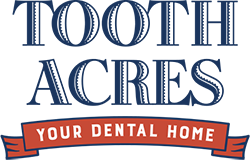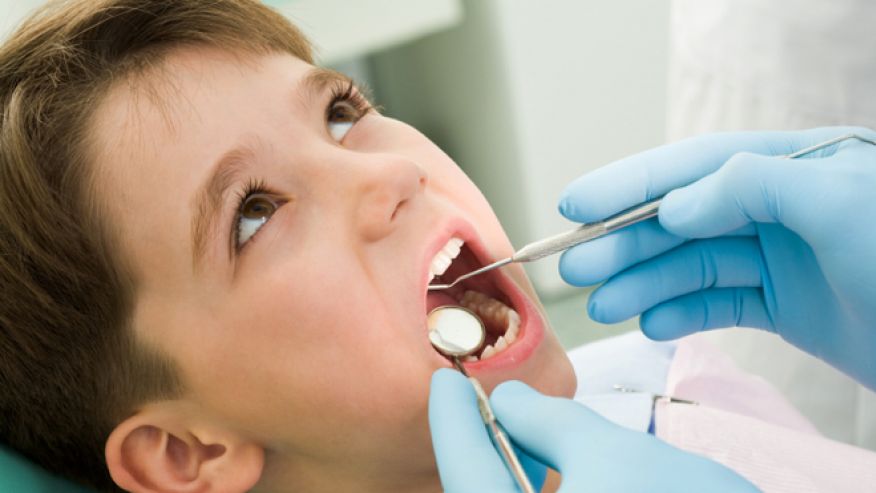Dental insurance can be a complicated concept for both patients and dental offices. However, it is a HUGE benefit to patients that they understand the ins and outs of their dental insurance so they know what to expect when they visit the dentist. Most of the time individuals pay monthly for their insurance benefits and it’s important to know what you are paying for.
Here are a few things to consider when selecting dental insurance or simply trying to understand the insurance that you carry.
1. Employer Selected Plans
If you have dental insurance through an employer, your employer has chosen the company as well as the specific benefits you receive. Just because two patients both have Humana insurance, does not mean that they are the same plan. Insurance companies present multiple options and the Human Resources people in most companies are the ones to choose which plan they want to offer their employees.
2. Preventative Care
Most, but not all, insurance companies cover 100% of the cost of preventative dental care. This allows most patients two teeth cleanings per year as well as standard bitewing xrays and exams. Panoramic or full mouth xrays are usually covered only once every three or five years and are not done on all patients. If your plan offers 100% coverage on preventative care, you should absolutely use those benefits and maintain regular cleanings and exams. This is one of the best ways to prevent major dental issues from occurring. Be sure to note the frequency that your coverage allows your cleanings. Some allow two anytime during the year and some require that six months must elapse between cleanings.
3. Deductibles
If your plan carries a deductible, it usually does not come into effect until you need more dental work than a cleaning. When a patient needs a filling, root canal, crown or other restorative procedure the deductible will be applied. If the deductible is $50, that amount must be paid and then the insurance percentages will take effect.
4. Restorative Procedures
Anytime a tooth needs some sort of treatment or repair it is considered a restorative treatment. These are broken down into Basic and Major categories by the insurance companies. Insurance covers different percentages on these types of procedures. Basic services include things such as fillings, root canals and extractions. Major services are things such as crowns, bridges and dentures.
5. Estimated Totals
When a restorative procedure needs to be done, the office gives the patient the estimated portion that they will need to pay for their procedure. This amount is based upon what we believe the insurance will cover. Sometimes this figure is not exact, which is why it is an “estimate.” Patients’ benefits can not be guaranteed by the dental office. Once a claim is submitted, the insurance will pay their portion and any remaining balance is owed by the patient.
6. Maximums
All insurance companies have a calendar year or benefit year maximum, per each covered member listed on the plan. For example, if your plan has a $1000.00 maximum and there are a total of three covered individuals on your plan, your insurance will potentially pay out a total of $3000.00 per calendar or benefit year.
The bottom line is this, having dental insurance can save you a lot of money on preventative care and if and when restorative procedures are needed. However, it is important to take the time to understand that they do not pay for everything.
Because dental services are paid at the time of service, it’s important to understand your dental plan before having any work done. With the rising cost of care, it is wise to maximize your benefits and utilize them to their fullest potential. Cost of treatment and insurance reimbursement often play a big part in patients deciding to proceed with needed treatment.
Don’t hesitate to ask us to help clarify the details of your specific plan. Being an informed consumer will alleviate confusion and ensure a smooth process. We are happy to help you understand so that there are no surprises coming billing time!



